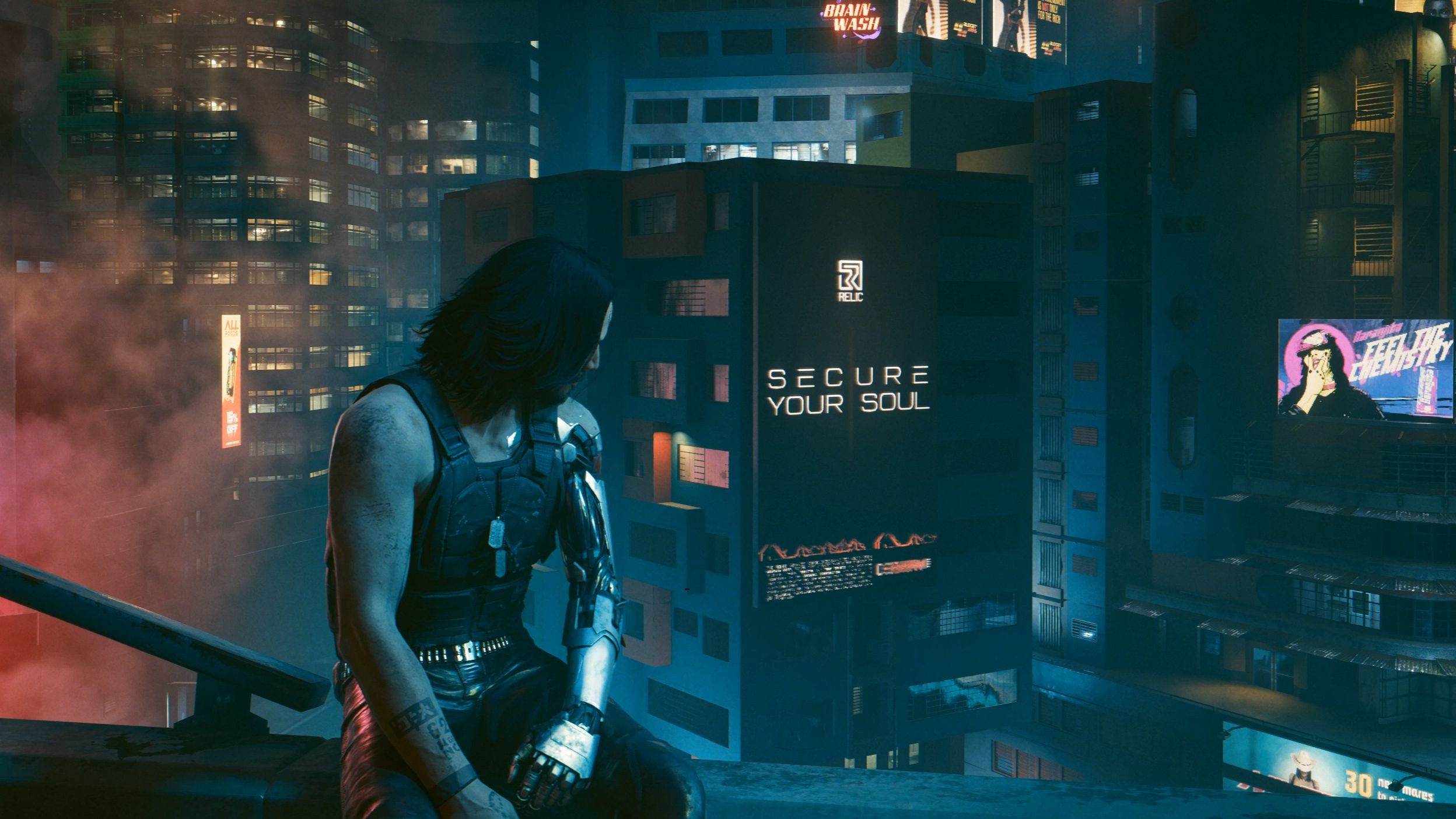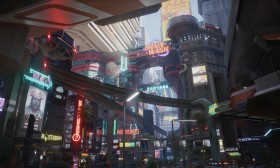Rayman Legends Score: Platforming Excellence
For decades, the platforming genre has been defined by a handful of iconic mascots and a simple, yet demanding, formula: run, jump, and don’t fall. While many modern titles have sought to innovate by adding complex combat systems, deep narrative layers, or open-world exploration, few have dared to ask a fundamental question: what if we distilled the platformer to its purest, most rhythmic essence and then perfected it? Rayman Legends, developed by Ubisoft Montpellier and released in 2013, not only asked this question but delivered a resounding answer. It is a masterpiece not merely for its vibrant art or charming characters, but for its impeccable, musical score—a score that transcends its function as a measurement of success to become the very heartbeat of the game’s design philosophy. The pursuit of a high score in Rayman Legends is not a grind; it is a dance, a symphony of perfectly timed jumps and punches that elevates platforming from a test of skill to an expression of artistry.
At its core, Rayman Legends is built on a foundation of flawless mechanics. The controls are a revelation of precision and fluidity. Rayman, Globox, and the Teensies float with a buoyant grace, their movements governed by physics that feel both weightless and perfectly predictable. A jump can be held for a fraction of a second longer to barely clear a spike trap; a mid-air punch can be chained into a helicopter float to extend a leap just enough to reach a distant ledge. This granular control is the instrument with which the player will perform. But the game’s genius lies in how it orchestrates these mechanics. The level design is a meticulously crafted score itself, with enemy placements, moving platforms, and collectible Lums arranged not just as obstacles, but as notes in a musical measure. To run through a level is to hear a silent melody, one that you compose through your actions.
This is where the concept of the "score" truly blossoms. The Lums, the game’s primary collectible, are more than just points. They are a dynamic feedback system. Collecting a single Lum yields a satisfying chime. Striking a row of enemies in quick succession to create a "combo" and turn nearby Lums from yellow to pink—each worth double—triggers a crescendo of sound and a shower of sparkling particles. This audiovisual feedback is intensely gratifying, transforming the act of collection from a mundane task into a rhythmic performance. The goal shifts from simply finishing a level to mastering its flow, from touching the finish line to hitting every note perfectly along the way. The player is constantly graded, with a trophy awarded at the end based on the number of Lums collected and Teensies rescued, but the real reward is the internal satisfaction of executing a flawless run.
Nowhere is this philosophy more brilliantly realized than in the game’s legendary musical levels. These stages represent the absolute pinnacle of Rayman Legends' design and are arguably among the greatest levels ever created in the platforming genre. Here, the silent melody of the standard levels erupts into a full-blown symphony. The gameplay is perfectly, inextricably synchronized to a licensed soundtrack, including rock anthems like "Black Betty" by Ram Jam and mariachi-infused tunes like "Mariachi Madness."
The platforming challenges are designed as percussive elements. Sliding down a rope becomes a guitar slide. Punching a series of drums to launch a friend into the air syncs with the beat. Every jump, every enemy defeated, every wall run is a drum hit, a cymbal crash, or a bass note in the song. The level is the music, and you are the musician. To play these levels is an experience of pure, unadulterated joy. The pursuit of a high score is completely reframed; it is no longer about points, but about rhythm. A perfect run doesn't just net you a gold trophy—it means you kept perfect time. You didn’t just complete the level; you performed it. The dopamine hit from nailing a difficult jump sequence in time with a blistering guitar solo is a feeling few other games can replicate.
Furthermore, Rayman Legends leverages its score through brilliant community-driven features that extend its longevity. The "Kong Quest" and "Challenges" modes offer daily and weekly time trials or score-based objectives. These bite-sized levels are designed for repeated play, demanding absolute mastery of the game’s physics. Here, the high score is everything. Climbing the online leaderboards requires more than memorization; it demands innovation. Players must discover new paths, optimize their routes, and execute with frame-perfect precision. This transforms the game from a curated adventure into a dynamic competitive arena. The simple number of your score becomes a direct measure of your understanding of the game’s deepest mechanics and your ability to perform under pressure. It’s a testament to the strength of the core design that these challenges remain compelling long after the main story is complete.

The visual and auditory presentation serves the score in every way. The UbiArt Framework engine allows for a living, breathing cartoon world where every background element seems to pulse with life and rhythm. The art style is not just beautiful; it is functional. The vibrant colors and clear visual hierarchy ensure that threats, platforms, and collectibles are always instantly recognizable amidst the chaos, a necessity for a game demanding such high-speed precision. The soundtrack, a mix of original compositions and licensed tracks, is infectious and perfectly matched to the on-screen action. It doesn’t just accompany the gameplay; it drives it, compelling the player to move in time with its tempo.
In conclusion, to discuss the "score" in Rayman Legends is to discuss the soul of the game. It is a multifaceted concept: it is the points you earn, the music you play to, and the benchmark of your skill. Ubisoft Montpellier understood that a high score should be more than a number on a screen; it should be a reflection of the player’s harmony with the game world. By weaving its mechanics, its level design, its audiovisual feedback, and its music into a single, cohesive experience, Rayman Legends achieves a rare form of platforming excellence. It demonstrates that the true legacy of a platformer isn’t just in its characters or its story, but in the feeling of perfect execution—the moment when the player, the controller, and the game disappear, and all that remains is the rhythm and the score, climbing higher and higher in a perfect, joyful symphony.
















